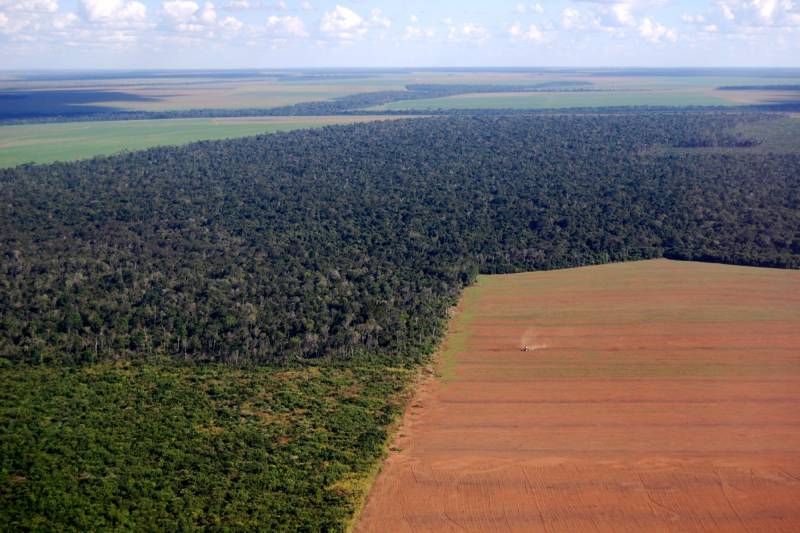On his 56-acre farm, Gerritsen cleared 37 acres of trees off of land that had been farmed in the 1960s. “We simply want to take the trees off of it and farm it. I know there are other farms in Maine in that situation, and they don’t have enough farmland to be viable,” he says.
While Gerritson calls the idea of preventing native ecosystems from destruction “a laudable concept,” he adds, “sometimes when you come up with a policy on a macro level, it works against the reality of the farm.”
Since most of the land owned by these farmers in the Northeast had been previously farmed, NOSB devised with a compromise: It updated the language in the new rule to define “native ecosystems” in a more specific way that they say will mean the 10-year waiting period would not apply to farmers like Gerritson.
And while other organic programs around the world have passed outright bans on converting native ecosystems, NOSB saw the 10-year waiting period as a way to make sure the rule did not discourage transitioning to organic more generally, especially since vulnerable ecosystems are routinely cleared to be farmed conventionally.
For example, a farmer could buy land that had been previously cleared of a native ecosystem and was then farmed using chemical fertilizers and pesticides. If that farmer wanted to switch to organic and gain certification, an outright ban on that land ever being certified organic would prevent that. A 10-year waiting period would not.
“There needed to be a strong disincentive, but not so far that it could deter organic production altogether,” said the OTA’s Mirenda. “The ultimate goal is to have more organic production.”
After updates to the language were made, the NOSB voted nearly unanimously in May 2018 to pass the Eliminating the Incentive to Convert Native Ecosystems to Organic Production recommendation. After a recommendation is made, it is NOP’s job to put it on the rulemaking agenda, develop a proposed rule, open it up for public comment, and then develop a final rule that incorporates those comments.
Fostering On-Farm Ecosystems
When asked about the recommendation, a USDA spokesperson told Civil Eats that the issue of native ecosystems isn’t currently on the rulemaking agenda and that the agency is primarily focused on the Strengthening Organic Enforcement and the Origin of Livestock proposed rules.
Some advocates, meanwhile, are working to strengthen the organic standard’s provisions on on-farm ecosystem preservation and natural resource stewardship in other ways.
For example, Wild Farm Alliance, located in Watsonville, California, near a number of large organic produce growers, worked on writing guidance that would help certifiers better evaluate whether organic farms are meeting the requirement to “maintain or improve the natural resources of the operation, including soil and water quality,” and the NOP published that guidance in 2016.
In collaboration with the Organic Center, it also recently created a tool that farmers and certifiers can use to track and improve biodiversity on farms.
